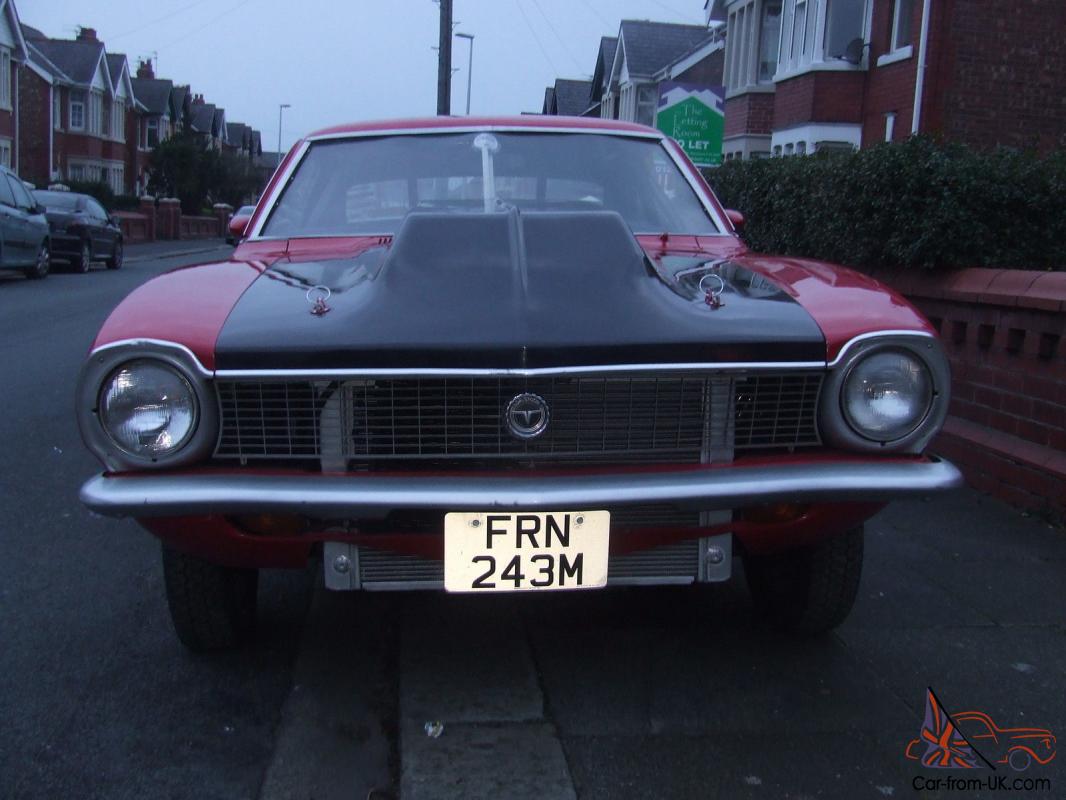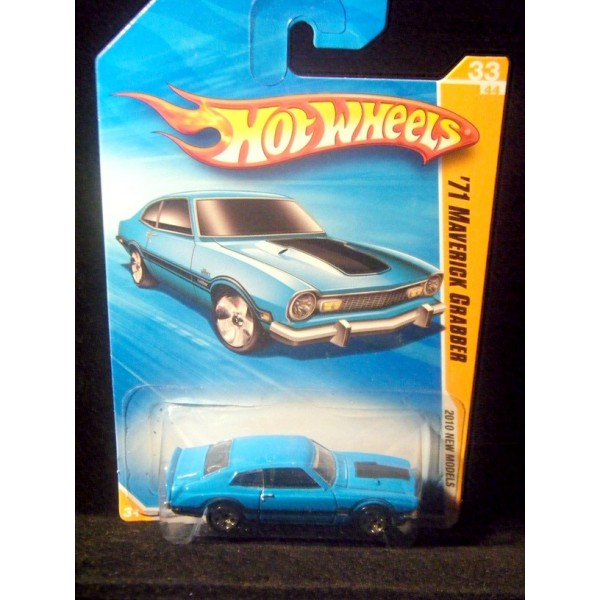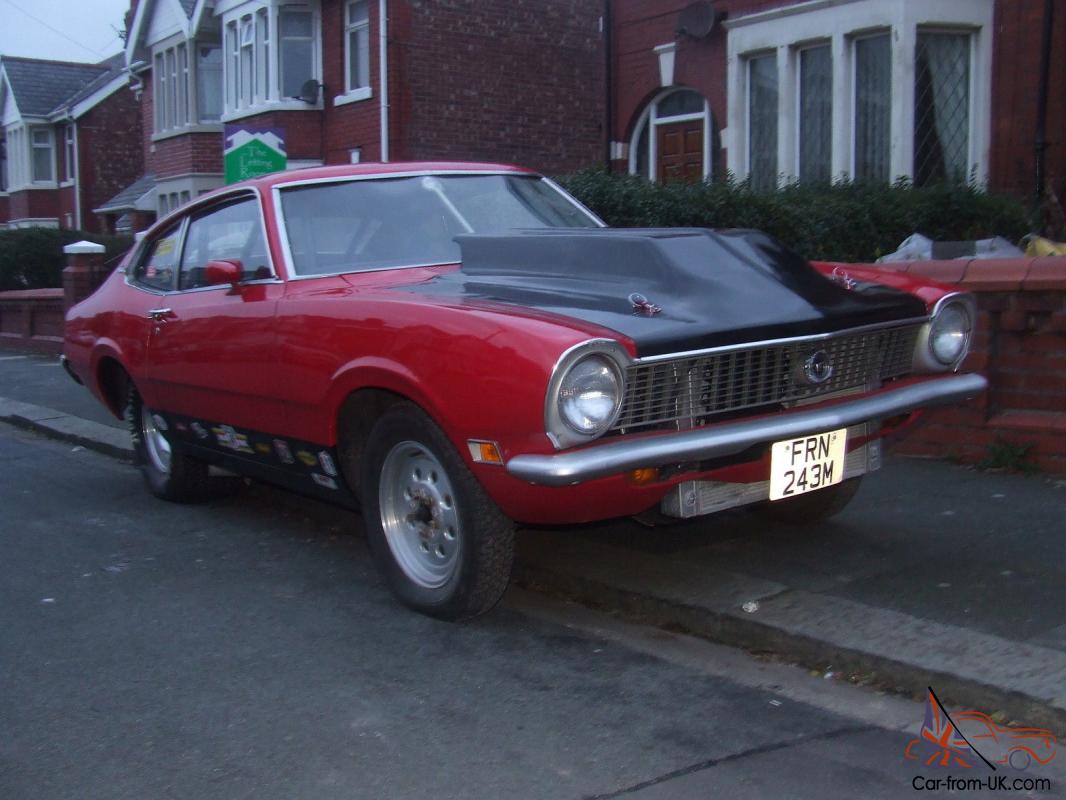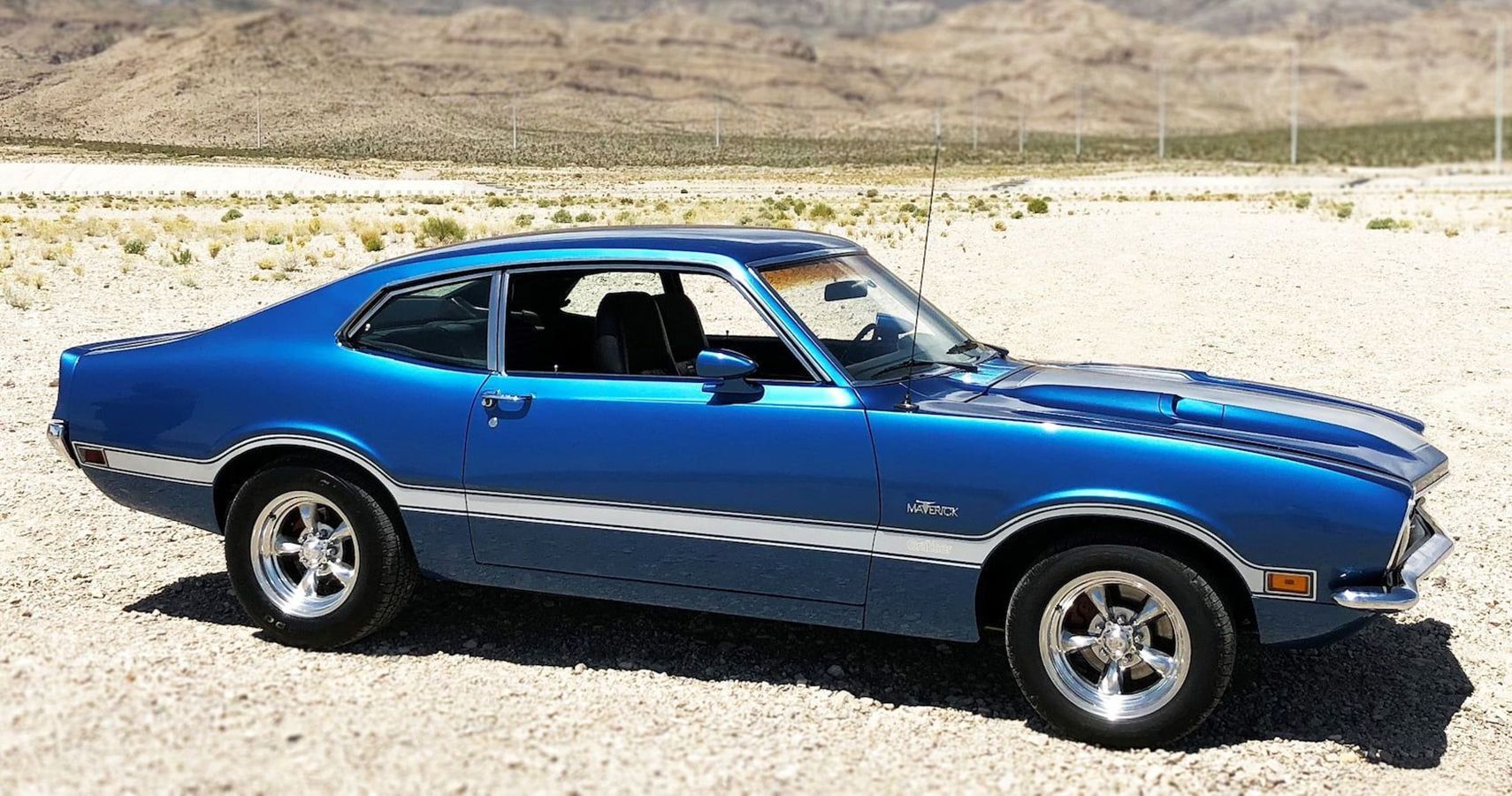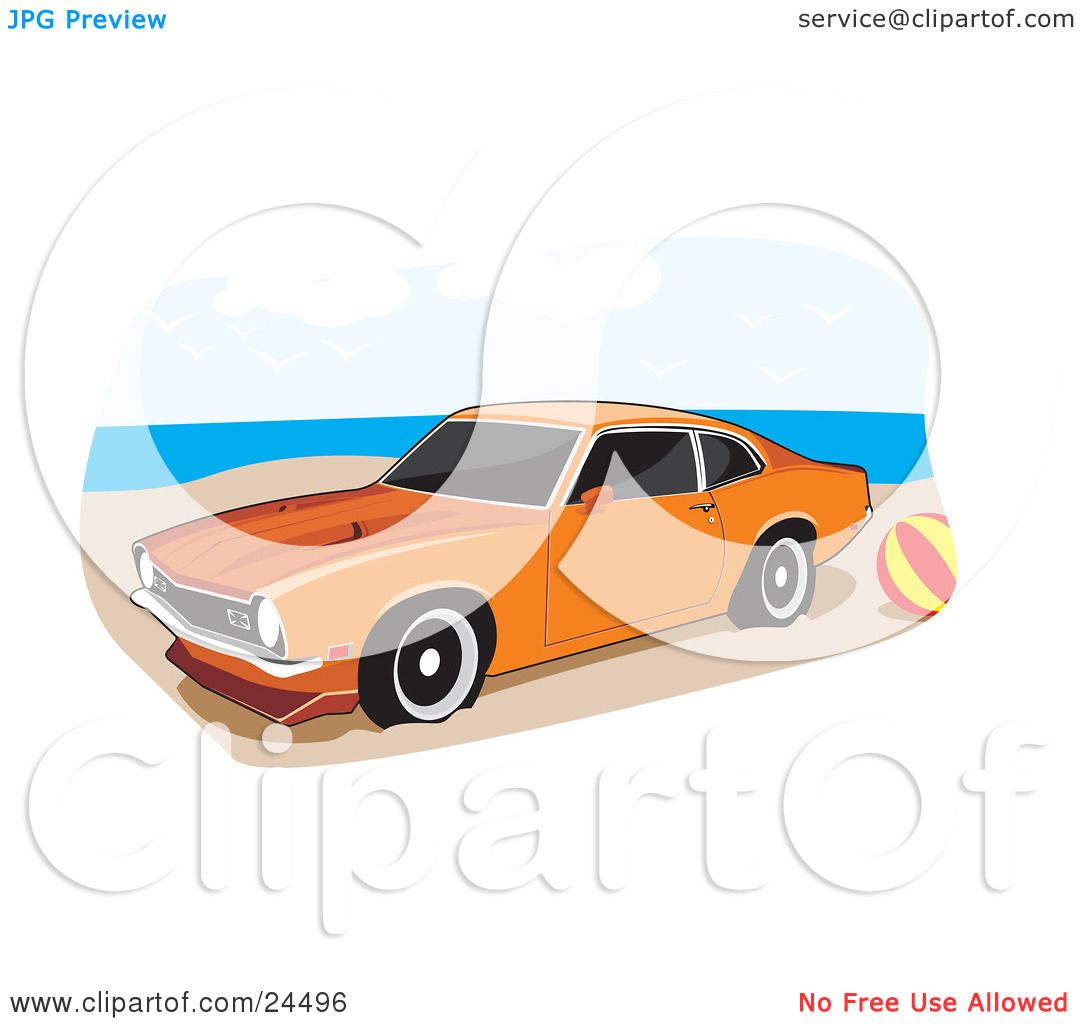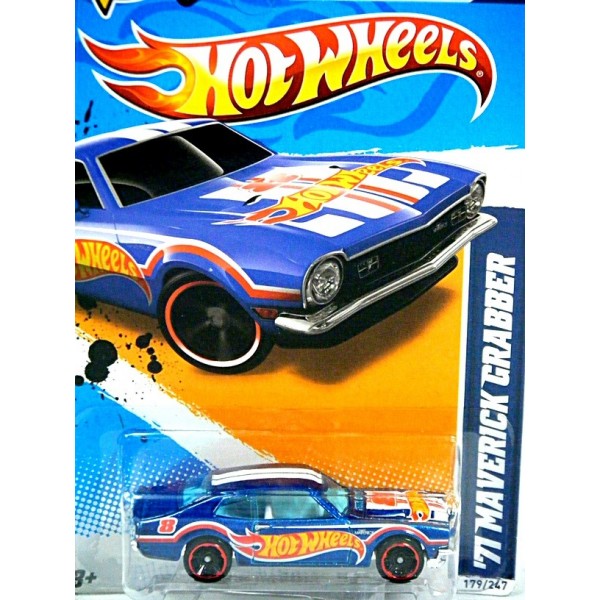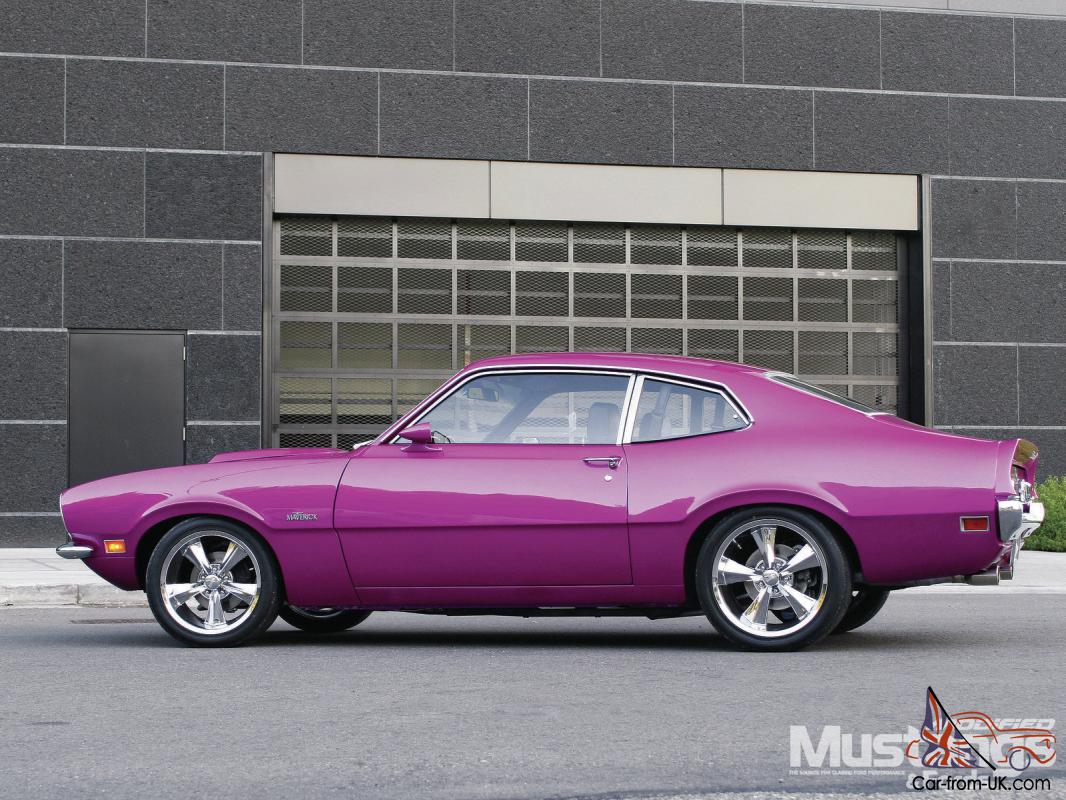Ford Maverick Release Date Usa And throughout its rich history, year after year, for more than 55 years now, the Ford Mustang is a pony car. A pony car, by definition, is a low-slung highly stylized coupe or convertible with a long hood and short deck. That loose definition best describes the Mustang as it was designed originally by Gale Halderman and still applies today.
The Chevy Camaro and Dodge Challenger are also pony cars. And these rivals have competed against each other for decades, with Ford coming out on top most years, including the last several years. Pony cars aren't dependent on their engine performance; thus today's Ecoboost Mustangs qualify as pony cars, but not as muscle cars. Small block V8s, big block V8s or six or even four-cylinder engines all qualify for the pony car category. The Ford Maverick is the only truck to be offered with a standard hybrid powertrain. A 2.5-liter Atkinson-Cycle 4-cylinder engine pairs with an electric motor giving the base model 191 horsepower for a driver to exploit.
Thanks to the electric motor's instant use of 100-percent torque, that number actually feels greater. Acceleration feels substantial, and the e-CVT doesn't get in the way of it. The Ford Maverick will come standard with a hybrid powertrain and front-wheel drive on every trim level. It uses an electronic continuously variable transmission. According to EPA estimates, the new Ford Maverick hybrid is rated at 42 mpg city/33 mpg highway/37 mpg combined, which is better than the fuel economy of many compact cars.
Another big surprise in the Maverick announcement is that the base $20,000 model comes with a hybrid electric powertrain and is targeting an EPA city fuel economy rating of 40 mpg. That makes the Maverick the most affordable and efficient truck and the most affordable hybrid of any kind in the American market. In the middle of 1970, Ford revealed the Maverick Grabber trim pack. Not only did it offer some much appreciate exterior touches like special graphics and a rear spoiler, but also Ford's tried-and-true two-barrel 302 V8.
What's more, the Maverick was fairly lightweight and rear-wheel-drive, making it a perfect fit for that V8. That combo quickly caught on with buyers seeking some affordable muscle, and Ford kicked back and enjoyed yet another re-packaged success. In 1971, the Maverick Grabber became its own model within the Maverick extended family, which also included a sedan. A new feature added that year was a "Dual Dome" hood and even more body detailing, meant to replicate the looks of other more serious muscle cars.
So this hopefully clears up the debate, but likely just muddied the waters more. But all Ford Mustangs are iconic (except for the Mach-E). You know I had to get that jab in about the four-wheel drive, crossover pretending to be a Mustang. The optional 2.0-liter turbocharged 4-cylinder EcoBoost engine also comes standard with front-wheel drive, and if you want optional all-wheel drive, this is the engine to get. With FWD, expect to get 23 mpg in the city and 30 mpg on the highway. With all-wheel drive, those numbers come down a bit (22 mpg city/29 mpg highway).
Originally marketed as a two-door sedan at a price of $1,995,the Maverick was designed to be inexpensive to manufacture and maintain. The name "maverick" was derived from the word for unbranded range animals, and the car's nameplate was stylized to resemble a longhorned cow head. The Maverick was originally conceived and marketed as a subcompact "import fighter", intended to do battle with the Volkswagen Beetleand newer Japanese rivals for North America from Honda, Datsun, and Toyota. National Highway Traffic Safety Administration motor vehicle standards that would come into effect on January 1, 1970.
Consequently, the Falcon was discontinued midway through the 1970 model year,and the Maverick repositioned as Ford's compact entry, giving the Nova and Dart a new rival. A bigger Falcon was a rebranded low-trim version of the Fairlane for the second half of the model year,then went away. Ford chose not to sell the European Escort in North America due to slow demand for the Cortina. However, the Escort name was introduced to North America in 1980, replacing the Pinto and stop-gap European Fiesta.
Loosely defined, a muscle car is an American car with rear-wheel drive fitted with a powerful engine. Most car historians trace the first muscle car back to 1949 with the Oldsmobile Rocket. While the Mustang early on had a V8 engine in it many would say the Mustang didn't become a muscle car until 428 Cobra Jet was introduced in 1968. That plus the Shelby modifications really put the Mustang on the map when it came to performance. And really, the late 1960s Mustangs were muscle cars by this definition. But as the Mustang evolved through the years, it lost its muscle, and didn't really get back into that conversation until introduction of the 5.0 engine during the Fox Body era.
Then it once again became a darling of the performance and muscle car enthusiasts. Gas engine models come standard with a compact spare, but a full-size spare is optional. Buyers can upgrade to Ford's 2.0-liter EcoBoost engine if they'd prefer more power and the option for all-wheel drive .
Unfortunately, the hybrid engine won't come with that optional traction at all four tires. With 250 hp and 277 lb-ft of torque, the 2.0-liter Maverick moves well. It's enough power to get you up to speed quickly in an emergency situation, and the 8-speed automatic transmission doesn't struggle to find gears. You use the Tow/Haul or Sport mode, depending on your driving activity, to effectively extend gears and have a little extra power at your disposal.
Likewise, the new Maverick's 40 mpg in the city and 500+ mile range on the highway is incredibly useful. Both were also meant to have some flare to them, appealing to what people wanted but couldn't afford/needed to be practical. Associating between America and cars, to most of us, means muscle cars. American car manufacturers are most known for models with massive shouty V8s, with rear-wheel drive and optional limited slip differential. For 1973, the 170 CID engine was dropped, making the 200 CID I6 the standard engine.
Additionally, improved brakes and a previously optional chrome grille became standard. An AM/FM stereo, aluminum wheels, and a new slightly larger front bumper to comply with federal 5 MPH regulations. In 1974, the Maverick was unchanged except for new even larger federally required 5 MPH bumpers for both front and rear which required new rear quarter panel end caps. Jumping gas prices and increasing demand for smaller cars resulting from the Arab oil embargo did cause the Maverick to grow in popularity, selling 10,000 more units than the year before. Production of the Maverick and Comet dropped in 1975 with the release of the Ford Granada and Mercury Monarch as true Euro-style luxury compacts. The Maverick received minor trim changes for 1975 that included new grilles and the replacement of Maverick nameplates on the hood and trunklid with FORD nameplates spelled out in block letters.
Despite decent sales and regular model year trim updates, Ford ultimately dropped the Maverick Grabber in 1975. However, not all were V8-powered; the Grabber package was also applied to inline-six versions, but they only looked the part of a muscle car. The V8 Maverick Grabber was definitely not on par with the likes of the Mustang, Camaro, and many others, but it was affordable muscle.
It even suffered the same fate as other muscle cars when its own 302 V8 was detuned to 143 hp due to the effects of the oil crisis and other related factors. Despite its relatively short life, the V8 Maverick was a solid value for those who wanted some affordable fun. But sales of the Falcon were pretty bad by this point and it was discontinued only eight months after the Maverick's arrival. The base engine was nothing special, just a 2.8-liter inline-six with around 170 hp.
There was an optional 3.3-liter inline-six that was a bit more powerful but still not anywhere close to muscle car-like. The Maverick sold pretty well, too, with over half a million units sold in the first model year alone. But Ford rightly figured the Maverick had some untapped potential. You see, the Ford Pinto arrived in 1971 and it quickly became Ford's subcompact market entry. From the beginning the Maverick buyer had a choice of either 2.8 or 3.3 inline 6 cylinder engines to choose from.
It wouldn't be long before Ford dropped in it's 302 small block V8 into the Maverick late in 1970, creating a cut rate muscle car. With 220 hp, The Grabber would be the highest performing factory variant of the Maverick. In this form it's stripes, spoiler and twin hood scoops would eventually look like the real pony car in Ford's lineup.
The Grabber only overlapped the Mustang II for a couple of model years, but that was enough to cut into sales of the newly downsized and emasculated pony car. In fact, the Maverick should be a much easier truck-shaped pill for traditional passenger-car shoppers to swallow than my Ranger was. Just as importantly, the Mav's 40 mpg city fuel economy rating actually significantly outperforms today's standard Honda Civic on the city cycle. Ford has yet to release the base hybrid's highway fuel economy number, but I'm guessing it'll be significantly less impressive owing to its aerodynamic drag at higher speeds. Development may have followed Ford's familiar truck formula, but the Maverick's target audience isn't the familiar truck segment.
Ford hopes to reel in buyers who might otherwise consider a small SUV or even a hatchback, which explains why the automaker was keen to mention the Honda Civic directly when talking about fuel economy. With the standard-issue 2.5-liter four-cylinder hybrid powertrain, Ford says the Maverick achieves an estimated 40 mpg in city driving. Furthermore, a base price of approximately $21,000 after destination also compares favorably to the Civic.
All-wheel drive is optional with the 2.0-liter, 250-horsepower gasoline-powered EcoBoost engine. Eighteen-inch wheels are also available, as are a soft tonneau cover and a power-sliding rear window. Leather seats are an option, as is cruise control, Sync3, and an 8-speaker B&O sound system. The Maverick is sure to be a popular small truck with a standard hybrid engine priced from under $ 20,000.
One of the truck's greatest features is its fuel efficiency, which is estimated at 40 MPG in the city and 37 MPG combined. Maverick is exactly the type of vehicle that Ford promised to bring to market when all cars except the Mustang were eliminated in America. The Maverick will certainly be a popular little truck with a standard hybrid engine at a price tag starting at under $20,000. One of the biggest features of the truck is its fuel-efficiency, estimated to be 40 MPG in the city and 37 MPG combined.
Maverick is exactly the type of vehicle Ford promised it would bring to market when it eliminated all cars except for the Mustang in America. Personally, the post Grabber cars like the '76-'77 Stallion are my favorites. The Stallion series with it's special silver and black scheme with tasteful decals was great looking on the Pinto and Mustang too. Stallions were not particularly fast, even by '70s standards and came with lower power ratings in the 78 to 120 hp range. The 14in Cragar styled aluminum wheels could be had with raised letter radial ply tires. Basic Mavericks had styled steel wheels with chrome trim rings.
A three speed manual was standard, but most optioned cars were sold with a 3 speed SelectShift transmission. There were even luxury packages that gave the Maverick vinyl covered roofs, plush carpeting and other luxury touches like bucket seats. Ford Ford has been on roll of reviving old badges for new vehicles recently. They brought back the Bronco as a family of off-road oriented SUVs and revived Lightning for the battery-powered F-150. However, both of those badges have roots in the same type of vehicle. Now, 45 years after the last Ford Maverick was built as a compact sedan, the name is back but it now adorns a new compact pickup truck for 2022 and Ford is not messing around with this product.
Whether it's blind alleys or passing bicyclists on tight streets, living in a city presents myriad ways of getting a vehicle into trouble. Standard features include automatic emergency braking with pedestrian detection and the federally required backup camera, which did the trick during the day but looked grainy to me at night. Options include adaptive cruise control with stop-and-go capability, blind spot warning, rear cross-traffic alert, lane departure warning with steering assist and hands-on lane centering.
If you do a lot of urban driving, the latter additions will come in handy . Front parking sensors would make for a welcome addition in future model years to help mitigate sightlines over the hood from your seating position. When you think of the type of vehicle best suited to living in a city, a pickup truck probably isn't the first thing that comes to mind. But with the introduction of the Maverick for 2022, Ford is offering city dwellers a truck that ticks boxes normally reserved for compact cars and SUVs. With the Maverick, Ford's goal is to combine the best elements of an SUV with the expected capabilities of a small truck.
And as a thick layer of icing on this cake, the base model nets 40 mpg in the city at a starting price of $19,995. That price and fuel efficiency will appeal to people in compact cars and small SUVs that need more capability. It should also grab the attention of young drivers who have grown up wanting a new truck but didn't think they could afford it. Notable is that all of the original 1970 Mavericks were two-door sedans built on a 103-inch wheelbase. Powered by a 170-inch inline six that produced 105-horses, the entry price was just $1,995 and not surprisingly, the Maverick sold an impressive 578,447 units its first year.
As for the 302-V8 Maverick, Ford decided to offer it as an option in December of 1970, initiating a "performance" based Maverick for owners who could either hop up the engine or drop a Boss 302 in for good measure. In 1971, a four-door sedan also joined the Maverick family riding on a 109.9 inch wheelbase. Mercury also began selling the twin brother Comet with identical mechanicals. The 1971 Maverick had the same engine choices as 1970, alongside a new 302 V8 automatic shared with the Comet. Grabber 302cid offered the highest horsepower and best performance of all Maverick's model years, with 119mph top speed, 7.8second acceleration, 15.9 second ¼ mile, 210hp, 296 lb-ft torque. For not much dough, one could get a V8 Maverick Grabber with all of the trimmings, and even a blackened grille, hubcaps, 14-inch wheels, chromed-out window frames and drip moldings, and a deluxe steering wheel.
That's really not all that much today , but it was good enough then to get the Maverick Grabber from 0-60 mph in just over 9 seconds and a quarter-mile time of under 17 seconds. Ford Driver assist systems are now an expected feature on all new vehicles, but since the Maverick's starting price is relatively low, it doesn't get quite as much capability with its CoPilot 360 package as pricier models. At the entry price customers only get Pre-collision assist with automatic emergency braking and auto high beam control. Features like blindspot monitoring and lane centering that come standard on many other current Ford's are now extra cost options as is radar adaptive cruise control. Ford The new motor matches the performance of the previous design but is 20% lighter and costs less to build, helping Ford achieve the surprisingly low base price of the Maverick.
Among the new features of the motor are the use of hairpin windings that provide a higher fill ratio of copper that improves performance and efficiency. The permanent magnets are also molded in place in the rotor core rather than glued in which allows for higher speed performance. The four-cylinder engine is the same one used on the Escape.
The combined output of the hybrid is 191-hp and 155 lb-ft of torque. ($19,995 plus $1,495 delivery), and it features a standard hybrid powertrain. That's right, America's least-expensive full hybrid is actually also America's least-expensive pickup. Said another way, that means the front-wheel-drive Maverick is priced like a rule-breaker, and with an estimated 40 mpg in city driving, it's an absolute curve-wrecker when it comes to pickup-truck efficiency metrics, too. The high-performance Explorer ST packs Ford's 3.0-liter EcoBoost V6 engine, which puts out an impressive 400 hp and 415 lb-ft of torque in this trim. Currently, Ford's Intelligent All-Wheel Drive comes standard on the ST...but Ford Authority is reporting that Ford may drop the standard AWD and offer a version with rear-wheel drive.
